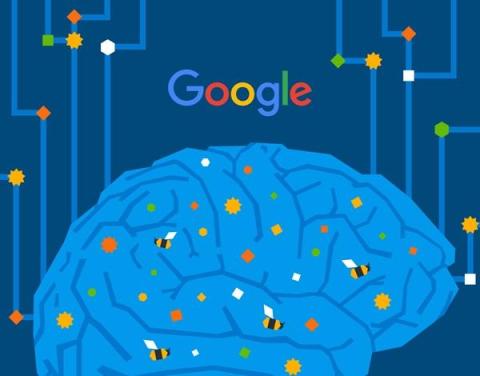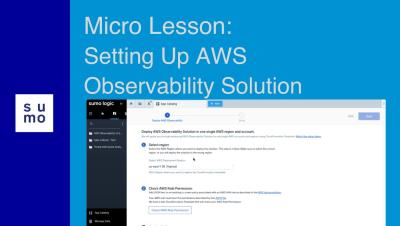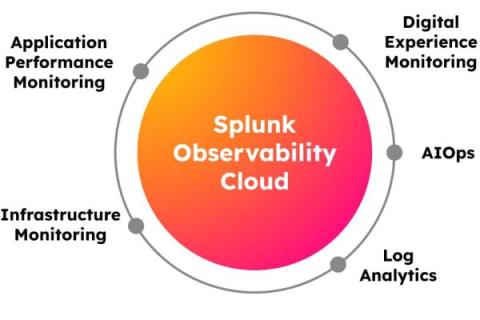Observability Vs. Monitoring: The Complete Comparison
Many often wonder, “Is there a difference between observability and monitoring?” The thing is as IT environments have become more complex, monitoring alone has become increasingly less effective. That’s because while monitoring is crucial, it isn’t particularly suited to tracking unforeseen or unexpected turns of events. That’s what observability is meant for. This guide will clarify what observability and monitoring are – and how they differ.











